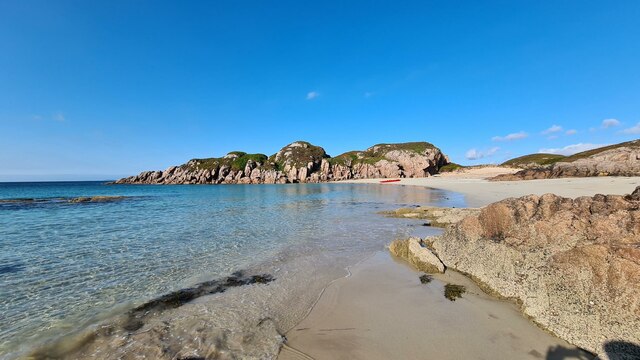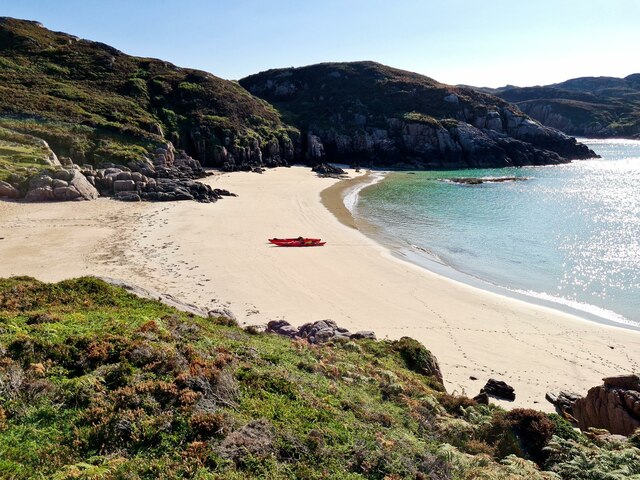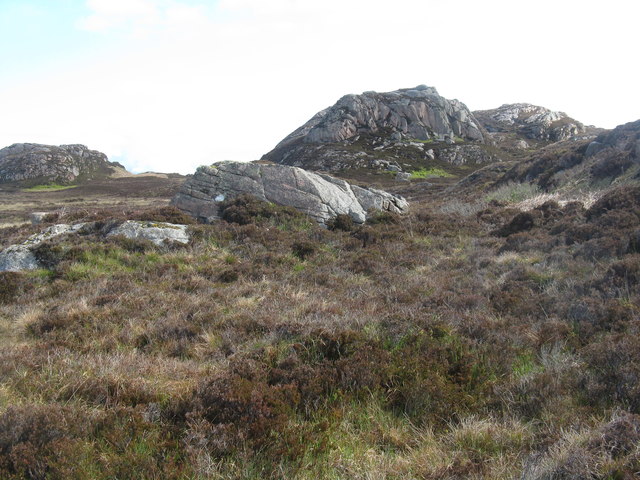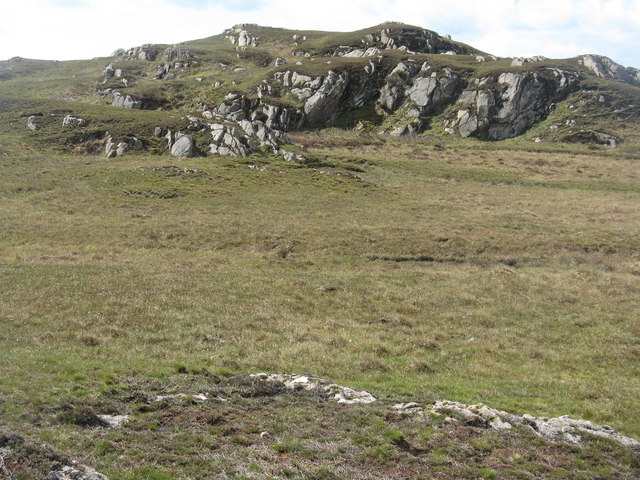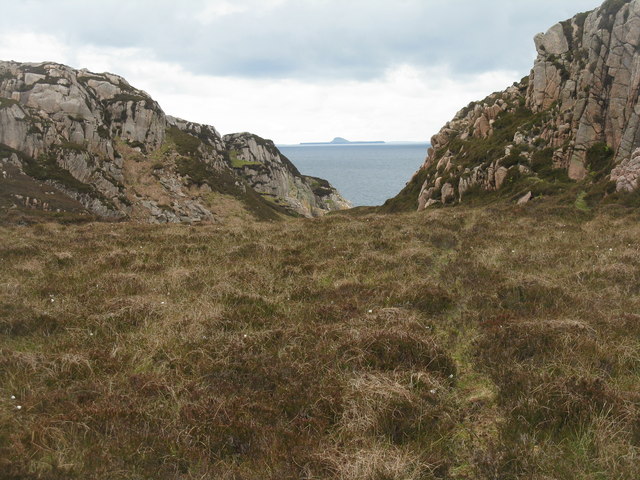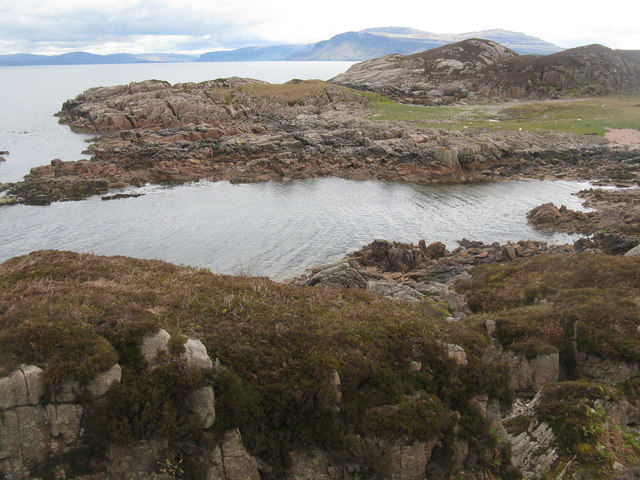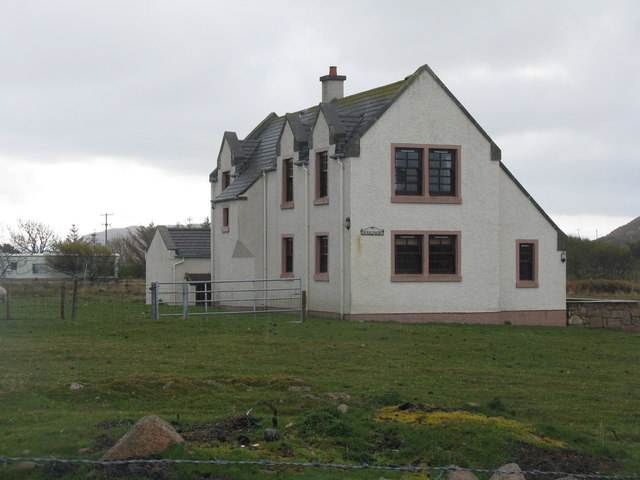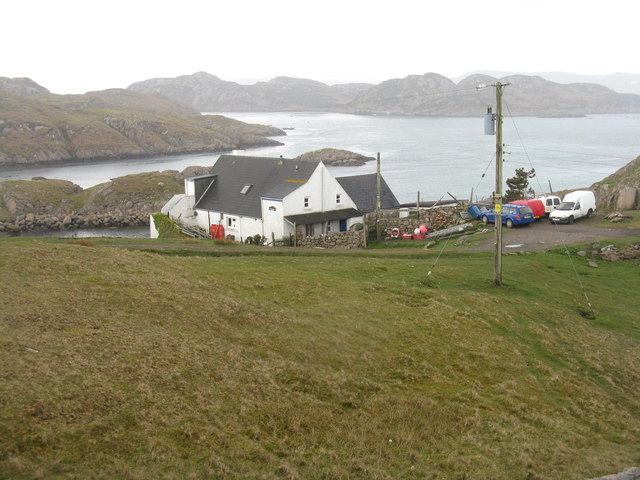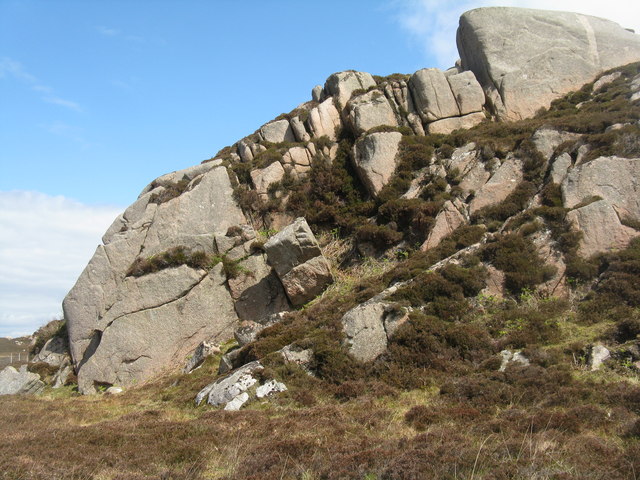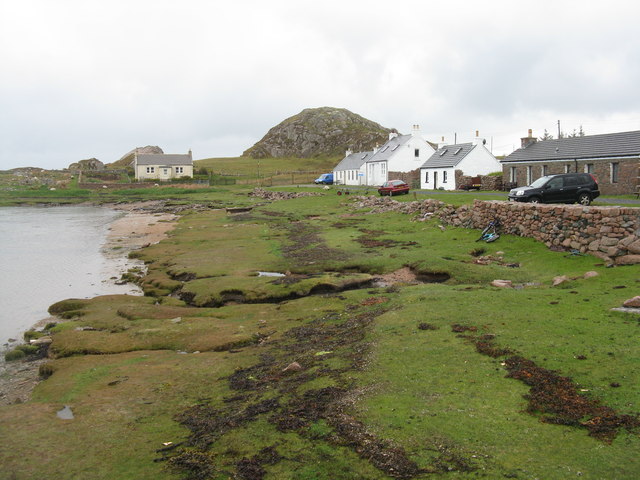Sloc a' Choin Bhàin
Bay in Argyllshire
Scotland
Sloc a' Choin Bhàin
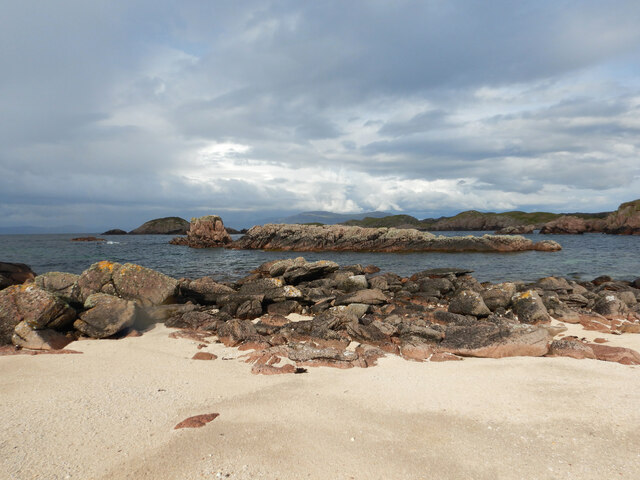
Sloc a' Choin Bhàin, also known as the Bay of the White Dog, is a picturesque coastal area located in Argyllshire, Scotland. Situated on the western coast of Scotland, this bay offers stunning views of the surrounding landscapes and the nearby islands.
The bay is characterized by its pristine sandy beaches, crystal-clear turquoise waters, and rugged cliffs. It is a popular destination for outdoor enthusiasts and nature lovers, offering a variety of activities such as swimming, fishing, kayaking, and hiking.
The area is rich in wildlife, with a diverse range of bird species, seals, and occasionally dolphins and whales spotted in the bay. The bay's natural beauty and tranquil atmosphere make it an ideal place for birdwatching and wildlife photography.
Sloc a' Choin Bhàin is also steeped in history, with remnants of ancient settlements and historical sites scattered throughout the bay. Visitors can explore ancient ruins and stone circles, providing a glimpse into the area's fascinating past.
For those seeking a peaceful and relaxing retreat, Sloc a' Choin Bhàin offers a sense of serenity and tranquility. The bay's secluded location and unspoiled surroundings make it a perfect spot for a peaceful picnic or a leisurely stroll along the beach.
Overall, Sloc a' Choin Bhàin is a hidden gem in Argyllshire, offering breathtaking natural beauty, rich history, and a peaceful escape from the hustle and bustle of everyday life.
If you have any feedback on the listing, please let us know in the comments section below.
Sloc a' Choin Bhàin Images
Images are sourced within 2km of 56.346351/-6.3305585 or Grid Reference NM3225. Thanks to Geograph Open Source API. All images are credited.

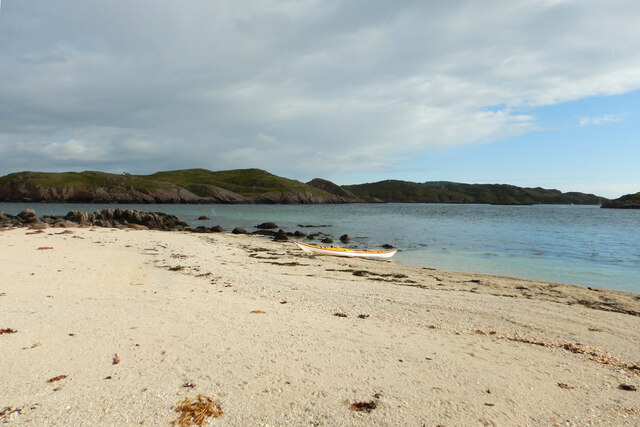
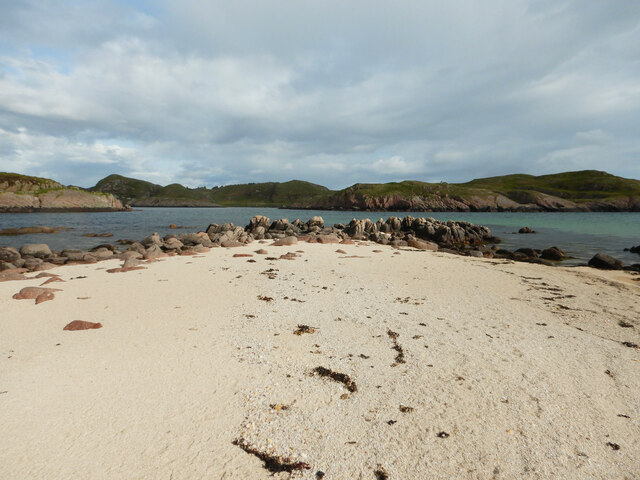
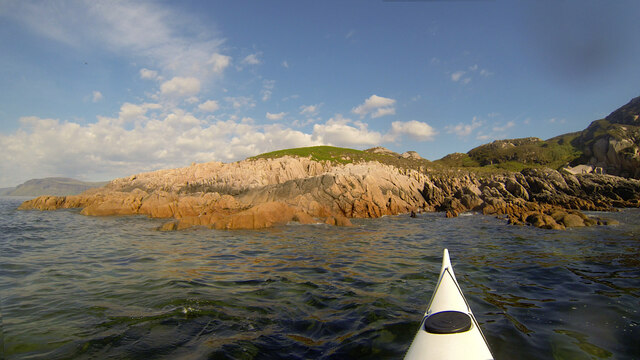
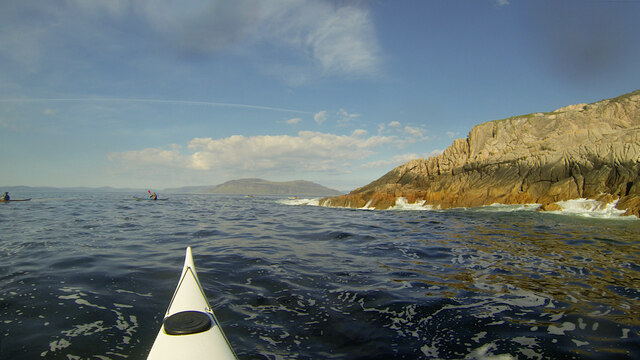
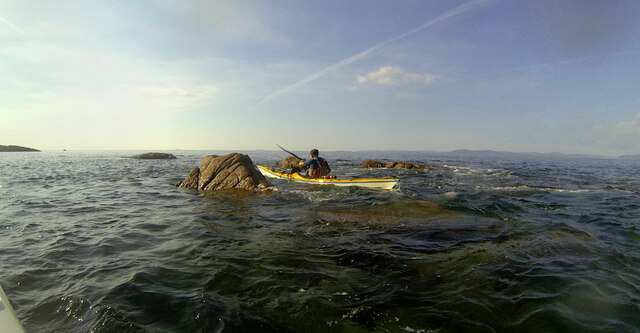
Sloc a' Choin Bhàin is located at Grid Ref: NM3225 (Lat: 56.346351, Lng: -6.3305585)
Unitary Authority: Argyll and Bute
Police Authority: Argyll and West Dunbartonshire
What 3 Words
///frosted.elevated.accordion. Near Fionnphort, Argyll & Bute
Related Wikis
Kintra
Kintra (Scottish Gaelic: Ceann na Tràgha), literally "country" in Scots is a settlement on the North-Western coast of the Ross of Mull, Scotland. The settlement...
Camas Tuath
Camas Tuath (Scottish Gaelic: north bay) is an inlet bay on the Ross of Mull. The bay has two small tidal islands and two Quarrymans' Cottages which the...
Aridhglas
Aridhglas is a village on the Ross of Mull, Isle of Mull in Argyll and Bute, Scotland. == References ==
Fionnphort
Fionnphort (English: , Scottish Gaelic: [ˈfjun̪ˠafɔrˠt̪]) is the principal port of the Ross of Mull, and the second largest settlement in the area (its...
Have you been to Sloc a' Choin Bhàin?
Leave your review of Sloc a' Choin Bhàin below (or comments, questions and feedback).
